
Introducing uxCAT: A Science-Backed Tool to Help You Think Smarter
Today, I want to introduce uxCAT (Core Awareness Test), a project designed to be useful, engaging, and fun while helping people develop a deeper understanding of cognitive biases and increase self-awareness.
What Is uxCAT?
uxCAT is a first-of-its-kind free tool that allows users to take a daily test to sharpen their awareness of cognitive biases. Each test consists of 10 questions, presenting bias descriptions alongside three common situations. Your goal is to identify which scenario best represents the bias or which situation the bias might be most dangerous in. These everyday situations make biases easier to understand and apply in real life.
The science behind uxCAT
The design of uxCAT is grounded in key principles from cognitive science and learning theory, backed by my research into how we can train the brain to think more critically. Here’s how it works:
- Active learning for neural growth: When users actively analyze and apply bias concepts to real-life scenarios, they stimulate the brain’s ability to form new neural pathways, a process called neuroplasticity. This enhances critical thinking skills and improves decision-making over time.
- New perspectives through cognitive flexibility: uxCAT encourages users to look at familiar situations from a fresh angle by applying different cognitive biases. This is known to increase cognitive flexibility, helping people become better problem solvers by approaching challenges from multiple viewpoints.
- Spaced learning for better retention: uxCAT limits users to one test per 24 hours, following the principle of spaced repetition, which is backed by research showing that spreading out learning sessions leads to better long-term memory retention. The time between tests allows the brain to reflect and consolidate what’s been learned.
- More can be found at the bottom of this post (nerdish content).
Gamified by chronic gamers
Why do you need this
Cognitive biases affect everyone and quite often lead to flawed decisions, both big and small. Whether in your personal life, at work, or in relationships, recognizing these biases can help you make better, more rational decisions. My research shows that simply becoming aware of these biases can lead to smarter thinking, and uxCAT is designed to help you do just that.
uxCAT is more than just a daily test - it’s a science-backed free tool designed to boost your cognitive skills through active learning, supported by research into how the brain grows and adapts.
Thank you! Learn. Grow. Share.
[PASS TEST NOW]
P.S. One of the most painful yet somewhat obvious insights I've got from countless feedbacks over the past three years is this: it's not enough for a project to be well-organized, high-quality, and valuable. To truly engage people, it needs to be fun and captivating. Even if the project is highly beneficial, unique, and completely free, it still needs to feel shiny and exciting for users to connect with it.
The irony? As a product manager, I apply this principle daily in business and expect the same from my team. Yet, somehow, that product management instinct seems to switch off when it comes to my personal projects - but not this time, lol.
[The data below is for complete nerds.
It might be useful for attentive product managers, UI-UX designers, and pretty much anyone who wants to see the depth of research behind a random, small feature set.]
The hypotheses used in designing uxCAT:
Hypothesis #1: Active learning through engagement with cognitive biases will lead to new neural connections.
Evaluation: Research supports that engaging with new concepts (like biases) through active problem-solving stimulates neuroplasticity. By repeatedly encountering biases in different contexts (scenarios), users create and strengthen neural pathways. This improves their ability to recognize biases and apply this knowledge in real-life situations.
Research: source 1 | source 2. Img source: link
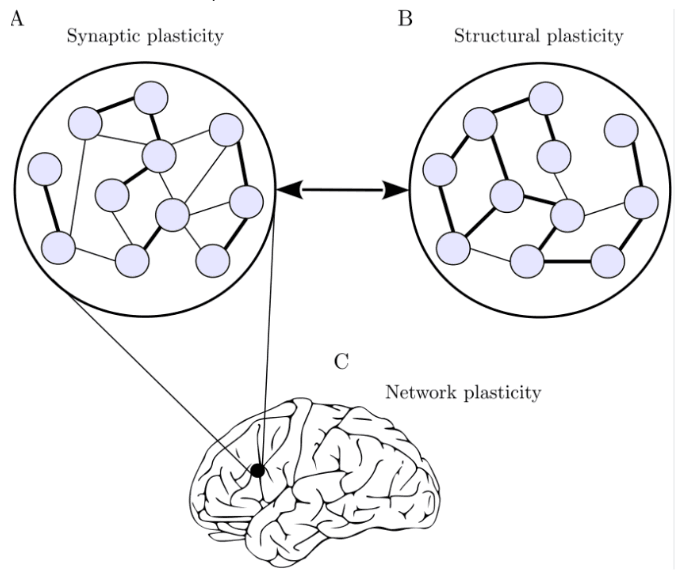
Evaluation: Research supports that engaging with new concepts (like biases) through active problem-solving stimulates neuroplasticity. By repeatedly encountering biases in different contexts (scenarios), users create and strengthen neural pathways. This improves their ability to recognize biases and apply this knowledge in real-life situations.
Research: source 1 | source 2. Img source: link

Hypothesis #2: Analyzing real-world scenarios through the lens of biases will improve cognitive flexibility.
Evaluation: Cognitive flexibility is the ability to view problems from multiple perspectives. When users look at everyday scenarios from the perspective of different biases, they improve this skill, which fosters smarter, adaptable thinking.
Research: source . Img source: link
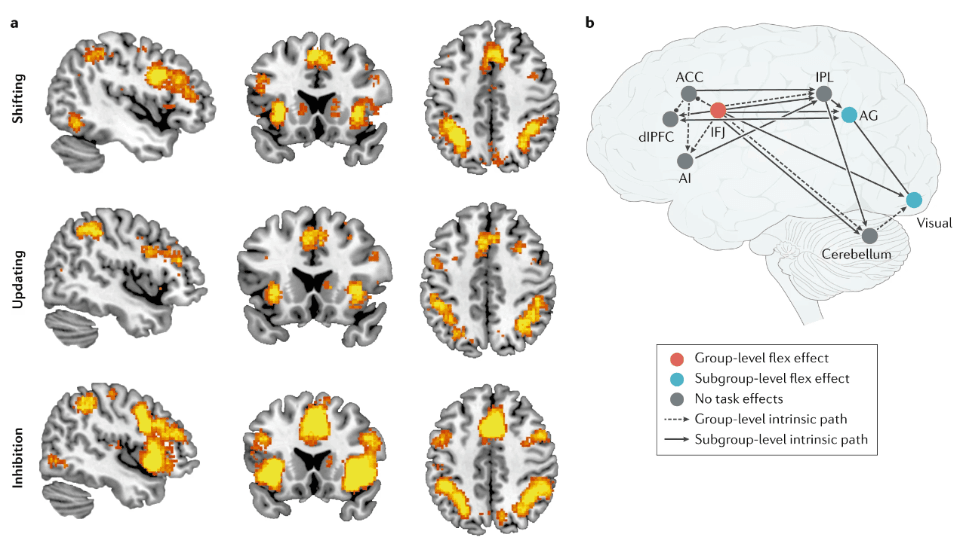
Evaluation: Cognitive flexibility is the ability to view problems from multiple perspectives. When users look at everyday scenarios from the perspective of different biases, they improve this skill, which fosters smarter, adaptable thinking.
Research: source . Img source: link

Hypothesis #3: Spaced repetition (one test per 24 hours) will lead to better knowledge retention.
Evaluation: The 24-hour gap between tests supports spaced repetition, a proven learning method for improving long-term memory retention. Spacing out learning sessions gives the brain time to consolidate new information.
Research: source 1 | source 2. Img source: link
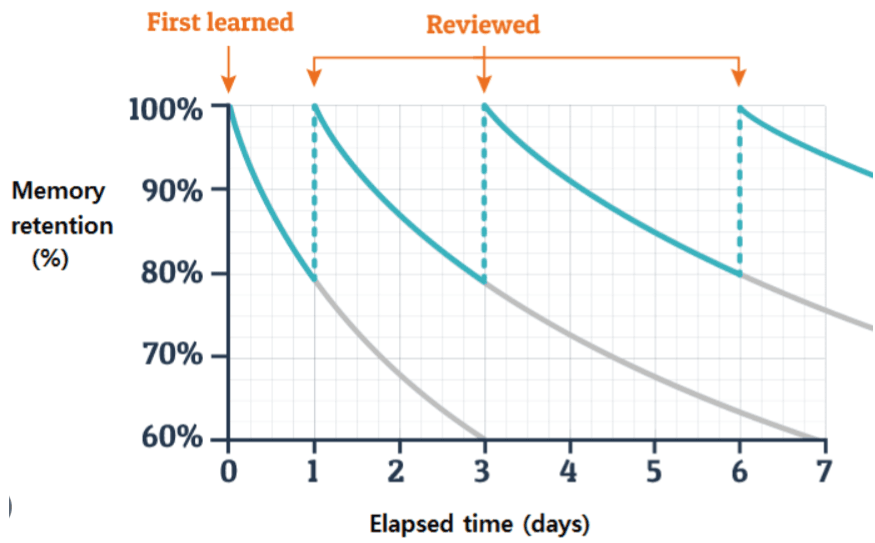
Evaluation: The 24-hour gap between tests supports spaced repetition, a proven learning method for improving long-term memory retention. Spacing out learning sessions gives the brain time to consolidate new information.
Research: source 1 | source 2. Img source: link

Hypothesis #4: Level progression, achievements, and competition will enhance motivation and engagement.
Evaluation: Research in gamification shows that features like achievements, levels, and leaderboards increase user engagement and motivation, tapping into intrinsic motivation for progression and accomplishment.
Research: source 1 | source 2. Img source: link
Evaluation: Research in gamification shows that features like achievements, levels, and leaderboards increase user engagement and motivation, tapping into intrinsic motivation for progression and accomplishment.
Research: source 1 | source 2. Img source: link
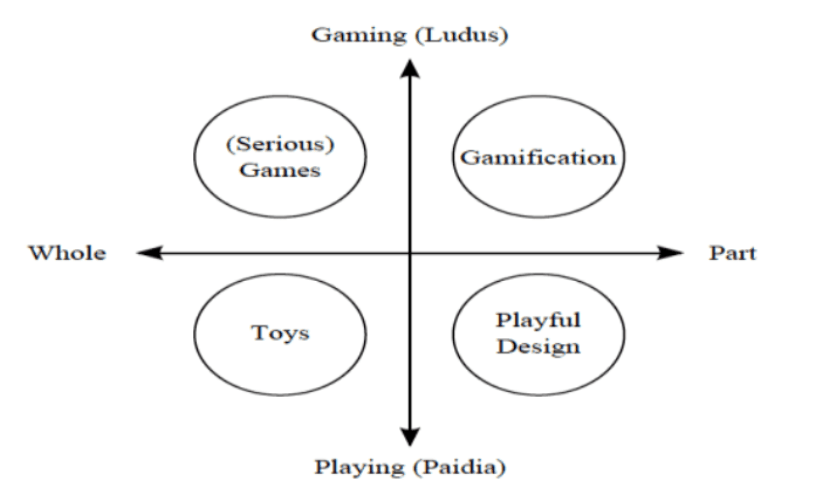
Hypothesis #5: Exposure to biases in different contexts will help users recognize them in real life.
Evaluation: The more individuals practice recognizing biases in diverse contexts, the more likely they are to detect them in real-world situations. uxCAT’s scenarios help bridge abstract knowledge and practical application.
Research: source 1 | source 2
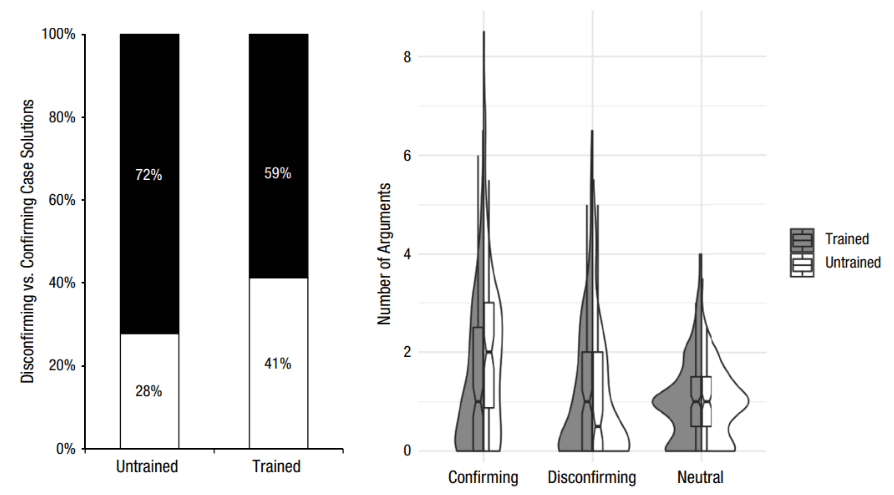
Evaluation: The more individuals practice recognizing biases in diverse contexts, the more likely they are to detect them in real-world situations. uxCAT’s scenarios help bridge abstract knowledge and practical application.
Research: source 1 | source 2

Hypothesis #6: Regular reflection on biases will improve metacognitive awareness and decision-making skills.
Evaluation: Metacognition - thinking about one's own thinking - can improve decision-making by helping individuals become more aware of their thought processes and biases, leading to more self-aware, bias-free decision-making.
Research: source 1 | source 2
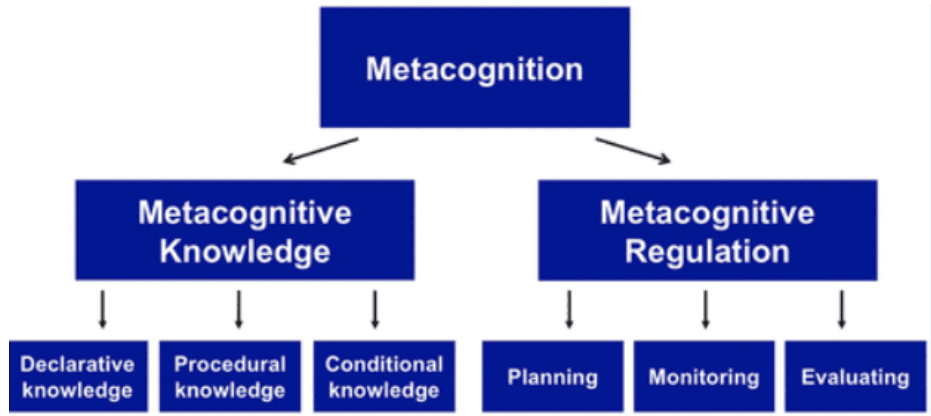
Evaluation: Metacognition - thinking about one's own thinking - can improve decision-making by helping individuals become more aware of their thought processes and biases, leading to more self-aware, bias-free decision-making.
Research: source 1 | source 2

Hypothesis #7: Diverse context analysis helps improve analogical reasoning and critical thinking.
Evaluation: Analogical reasoning involves applying knowledge from one context to another. uxCAT strengthens analogical reasoning by asking users to apply abstract bias concepts to real-world scenarios, enhancing problem-solving abilities.
Research: source 1 | source 2 | source 3. Img source: link
Evaluation: Analogical reasoning involves applying knowledge from one context to another. uxCAT strengthens analogical reasoning by asking users to apply abstract bias concepts to real-world scenarios, enhancing problem-solving abilities.
Research: source 1 | source 2 | source 3. Img source: link
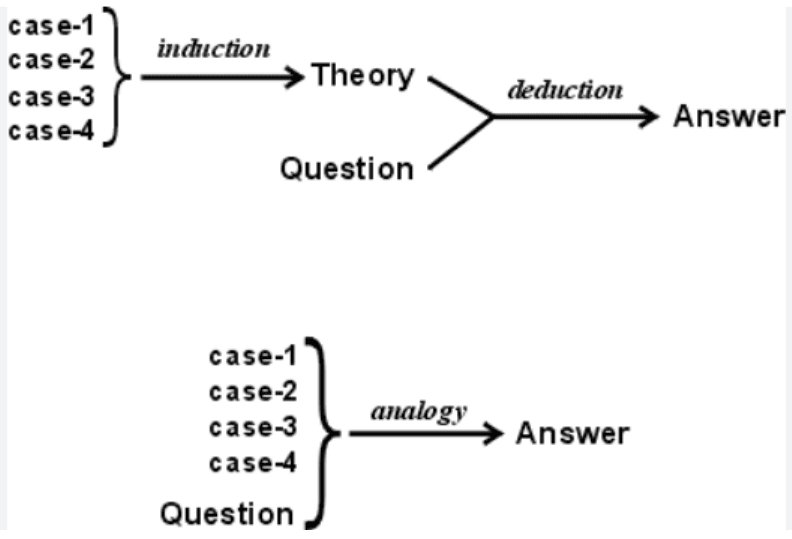
Further, you can find a small list of hypotheses built around particular features of the project.
The primary difference from above is that here, I list smaller features to let readers go deeper into technicalities.
I outlined only those that came to mind within an hour and were solid enough to write. I assume that explaining each thought around every feature would take ages if I went into more detail. Luckily, most of what you’ll find is super common sense, so you can extrapolate this to pretty much any other reality of yours.
Feature: I designed questions in a way that won’t be too difficult or too simple to make them fall under the desirable difficulty task category.
Justification: Desirable difficulty. Research shows that introducing challenges in learning - like identifying biases in complex or ambiguous scenarios - promotes deeper learning and retention. The slight difficulty helps the brain work harder, resulting in better long-term recall and understanding.
More: source 1
Feature: I designed questions in a way that won’t be too difficult or too simple to make them fall under the desirable difficulty task category.
Justification: Desirable difficulty. Research shows that introducing challenges in learning - like identifying biases in complex or ambiguous scenarios - promotes deeper learning and retention. The slight difficulty helps the brain work harder, resulting in better long-term recall and understanding.
More: source 1
- Feature: Questions are fetched randomly from the question pool, excluding those the user has already answered correctly. They also have different structures, so the user should notice that the question's form has changed.
Justification: Interleaved learning - presenting different types of biases randomly (interleaving) in uxCAT’s test format encourages users to think critically, improving their ability to recognize and apply biases in diverse situations rather than rote memorization. The question form changes require a higher attention level to notice them in between questions.
More: source 1 - Feature: Upon test completion, the system recommends reading specific UX Core material based on the user’s mistakes. Upon correctly answering the question, the system provides a detailed explanation of each answer option so the user can learn from mistakes.
Justification: Error-driven learning. Learning from mistakes has been shown to enhance cognitive processes. By identifying biases incorrectly in certain scenarios, users can reinforce correct knowledge and better adapt their future decision-making. Interestingly, the same concept is used by Machine Learning engineers in model training.
More: source 1 - Feature: I used very common, real-life scenarios for answers.
Justification: Contextual learning. Learning is enhanced when new concepts (in our case - biases) are applied in real-world contexts. uxCAT’s situational-based questions help users understand abstract cognitive biases by anchoring them in familiar, everyday situations.
More: source 1 - Feature: I’ve designed an end-game content, so when the user reaches level 10, there is an entirely new leveling mechanism opens up, where users can thrive for cosmetic prizes. At this stage, the system resets the memory of the questions the user has already answered, and they can see same questions from the original pool.
Justification: Retrieval practice. Repeatedly recalling information (e.g., cognitive biases in new scenarios) strengthens memory and understanding. The more users retrieve bias concepts to solve new problems, the more deeply they encode that information.
More: source 1 - Feature: The test is 20 minutes, which might look like a lot.
Justification: Dual process theory (Thinking, Fast and Slow by Daniel Kahneman). Cognitive biases are often the result of System 1 thinking - fast, automatic, and intuitive processes. uxCAT’s test format encourages System 2 thinking, which is slower, more deliberate, and more analytical. Training people to recognize biases helps them engage System 2 more frequently, leading to better decision-making and critical thinking. - Feature: The test is chunked into small pieces and is limited to one test in 24 hours.
Justification: 1. Cognitive load theory by John Sweller. The theory suggests that working memory has a limited capacity. uxCAT introduces cognitive biases in bite-sized, manageable chunks (one test per day), which prevents overwhelming the user (learner) and enhances retention. 2. Chunking Theory. - Feature: There are multiple easter eggs within the test itself, most of which are semantically fun.
Justification:- 1. Surprise and dopamine effect. The dopamine system in the brain is highly responsive to unexpected rewards. When users discover hidden achievements or stumble upon easter eggs, the surprise element activates the brain’s reward system, leading to a spike in dopamine levels. This makes the experience feel more exciting and rewarding, reinforcing the behavior and encouraging users to get back (hopefully, lol).
- 2. I also try to build this hypothesis around built-in human curiosity.
- 3. I also try to tap into self-determination theory (SDT) by adding hidden achievements, assuming that when users discover them on their own, it’ll reinforce their sense of autonomy and competence, which are core factors in fostering intrinsic motivation.
- Feature: Almost nothing in the test environment can be completed in one or two days. Level progression requires at least a couple of weeks to reach the highest level. The end game requires a few weeks more. Most of the achievements have multiple levels, while only hidden ones are binary with no lvl-progression (enabled/disabled).
Justification: The Zeigarnik effect states that people remember incomplete tasks better than completed ones. By incorporating hidden or incomplete achievements that users know they haven’t unlocked yet, uxCAT can leverage this effect to keep users engaged. They’ll be motivated to return to it because their brain is still "holding on" to incomplete tasks (the level they want, unrevealed achievements, something else, maybe even the discovery desire itself).
This effect also justifies most of the progress bars used on web pages, including uxCATs.

